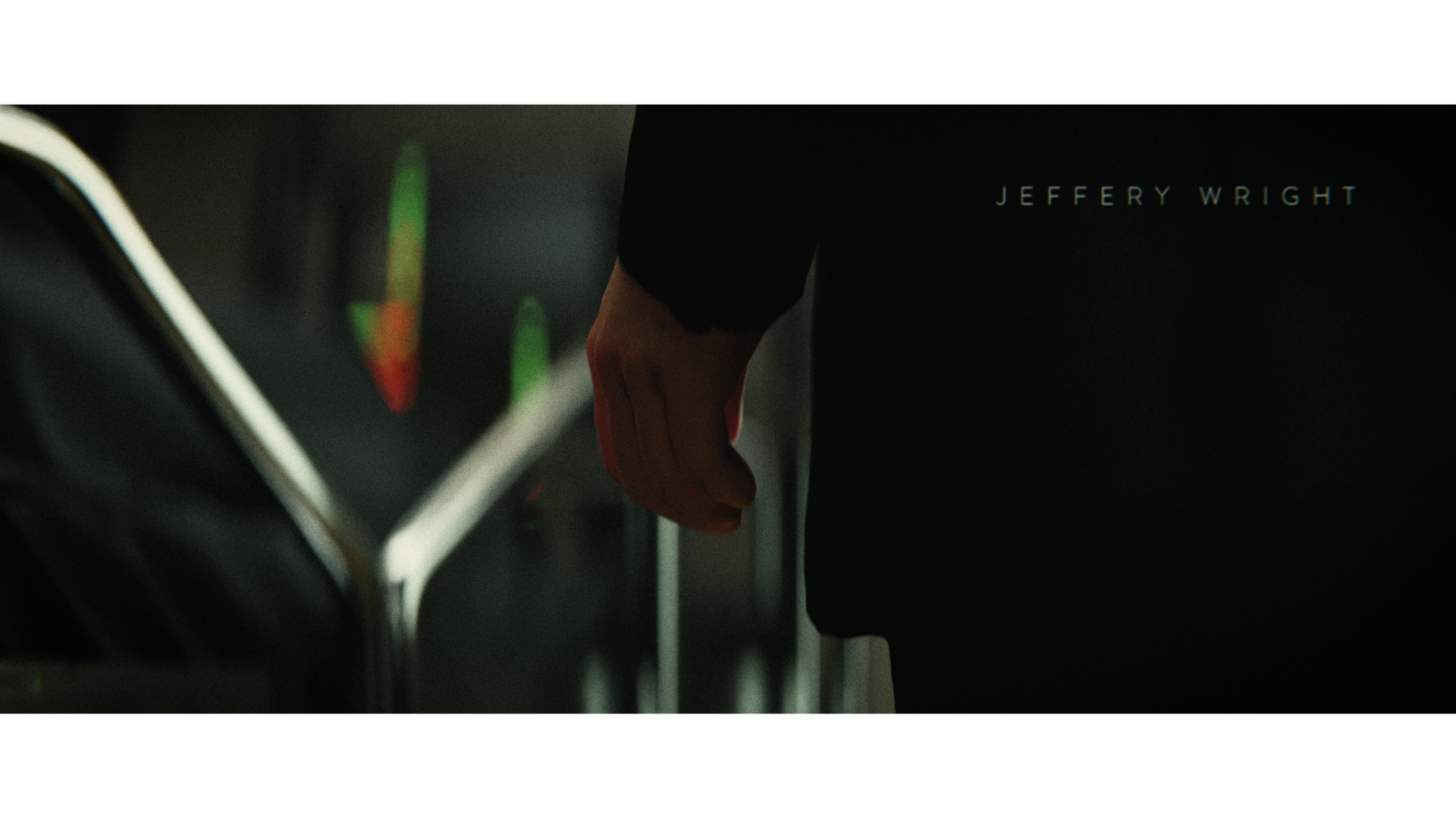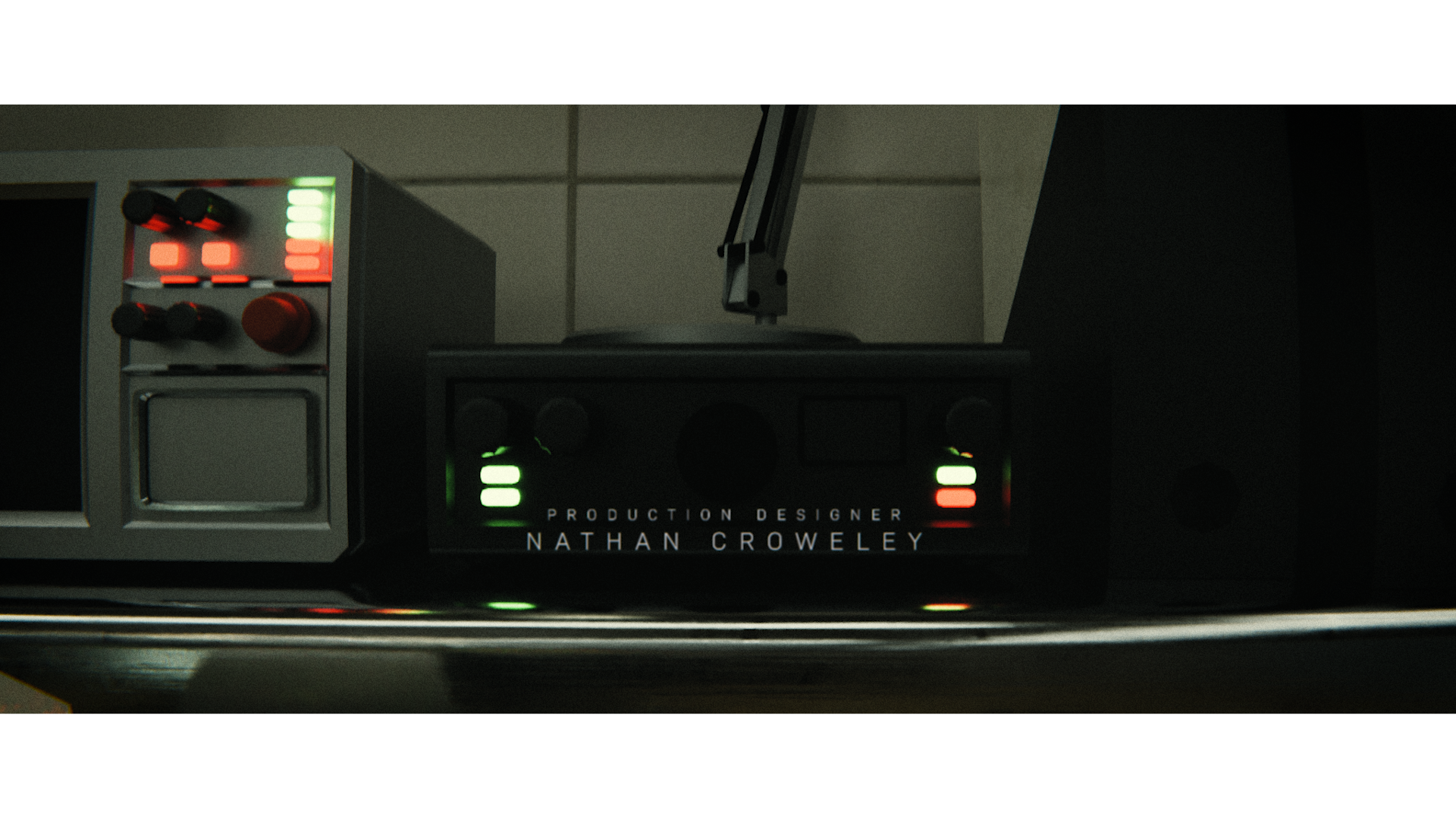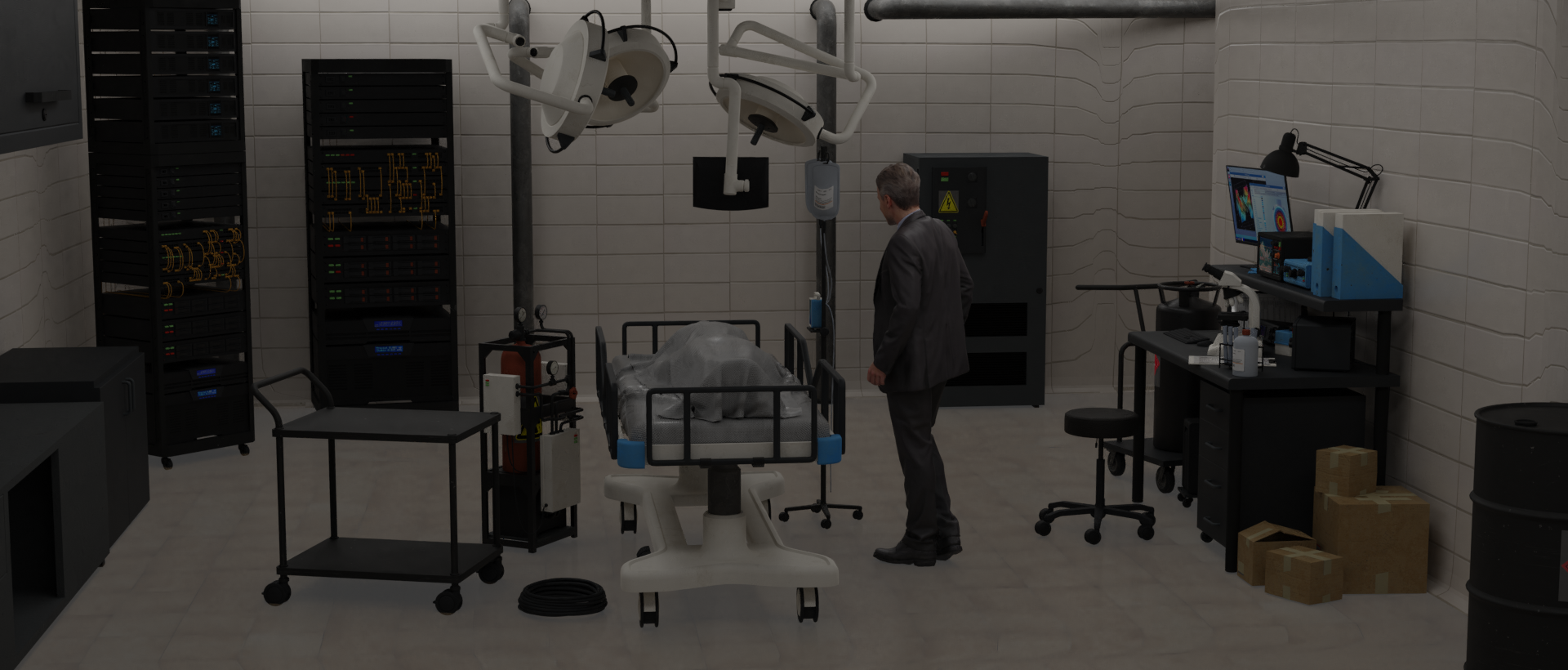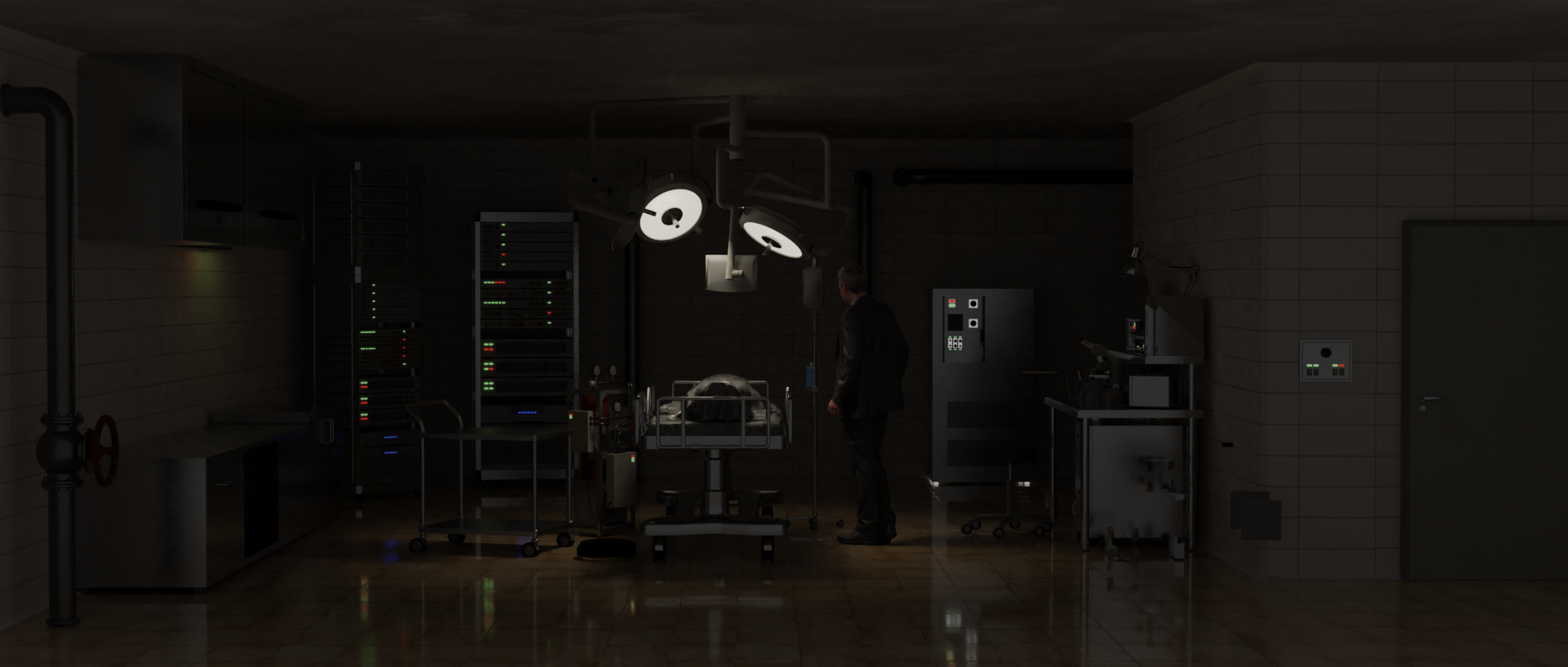






















This project started as an environmental compositional piece inspired by this shot from No Country for Old Men. But instead, with a sci-fi tech theme. But looking through the anamorphic lens of the worlds greatest virtual camera got me really excited about adding motion to some of the stills I was producing.

Early Render

Early Render

Early Render

Early Render
Scripts
During this project I wrote 2 python scripts that helped me. The first is an interior creator that gives me a cube at a set ceiling height, sets the correct origin, locks z, and moves it to the correct position.
Duplicated materials become a big issue when copying in assets from other projects. So this second script checked through all the materials, assigned any slots that duplicates the originals and removed the duplicates. As blender loads in all the textures for each frame removing redundancy helped get render times down. I'll package these up to share soon.
Anamorphic
I replicated a x2 anamorphic lens in blender by setting the Y aspect of the render dimensions to 2 and leaving X at 1. This will give you a squashed image that can be stretched in the compositor using the scale node.
This gave me nice streaky out of focus areas but only a anamorphic bokeh in Evee. But because cycles is an offline render and physically calculates light the bokeh will come through as spherical. There's a separate camera setting to change the ratio of the lens here which works with Evee and Cycles. This will stack with the previous setting.


The biggest pain point of this was the render times. Early on it was taking half the render time to load in textures for each frame. I was able to remove duplicated textures with my script, restrict
All up there was 2040 frames at 200 samples with OptiX denoising. They were each rendered on a 2060 which took 1.5 mins/ frame and a 3080 that took about 45 secs. I was able to render on both machines simultaneously by rendering half on each. Each iteration took an average of 30 hours to render.
All up there was 2040 frames at 200 samples with OptiX denoising. They were each rendered on a 2060 which took 1.5 mins/ frame and a 3080 that took about 45 secs. I was able to render on both machines simultaneously by rendering half on each. Each iteration took an average of 30 hours to render.